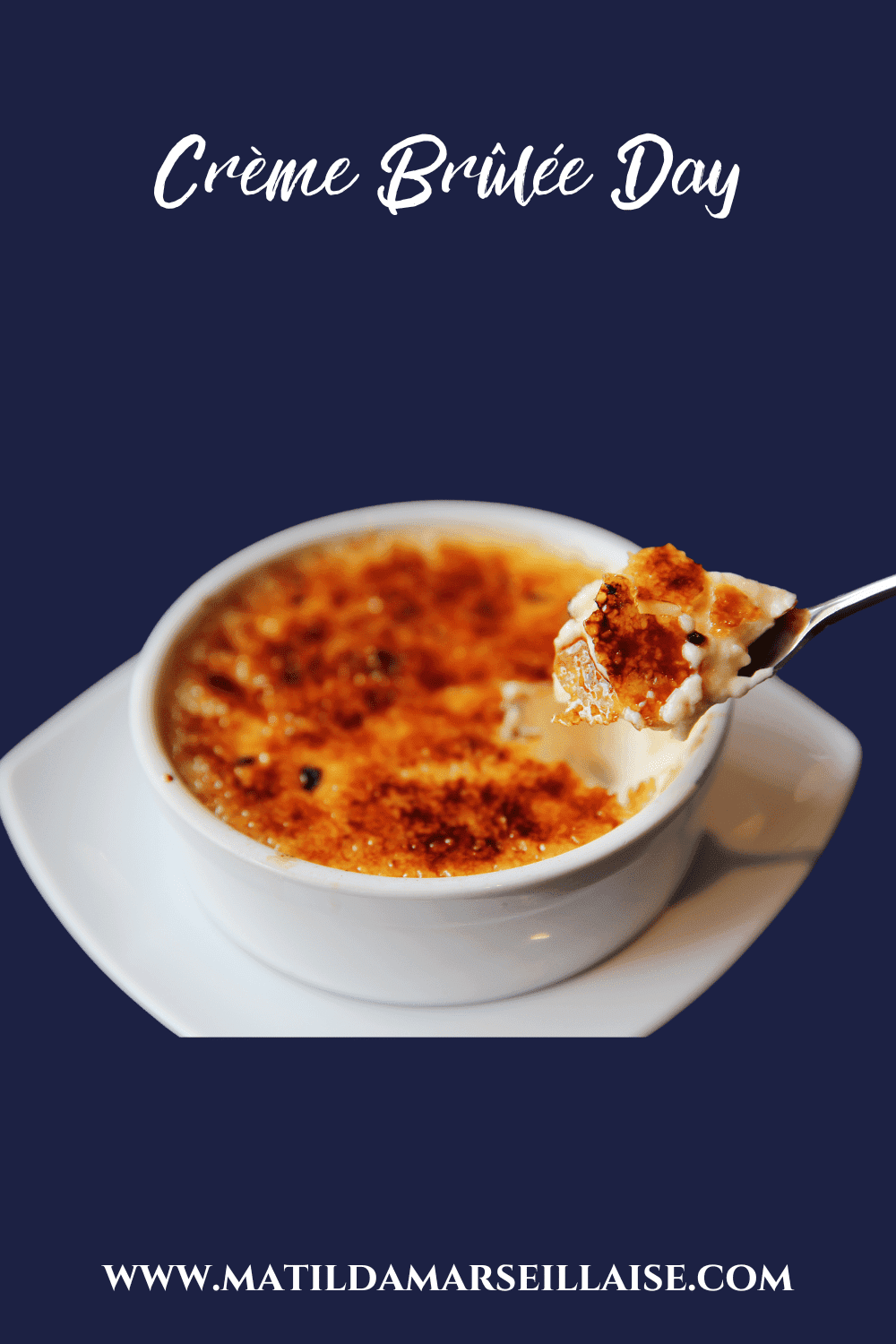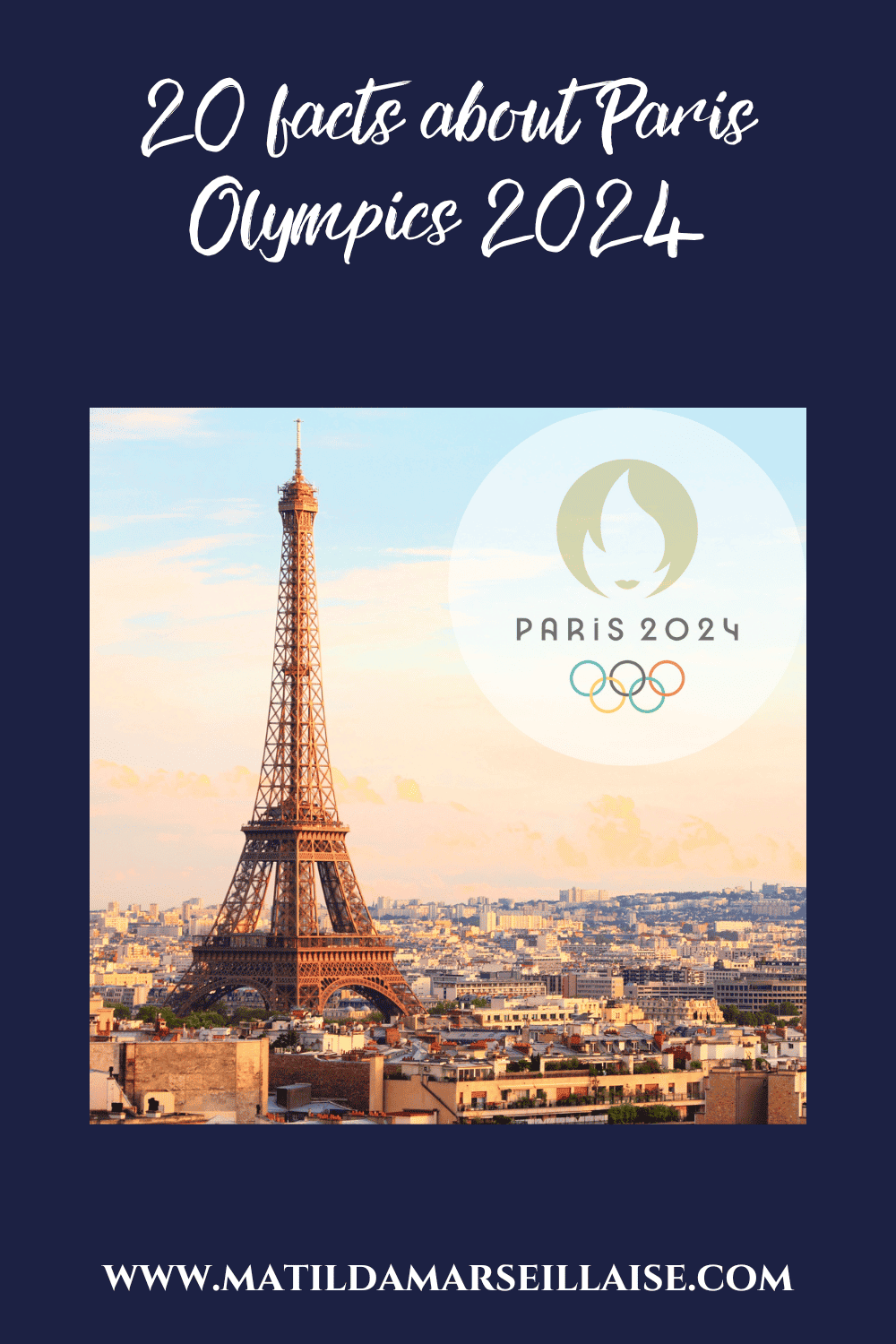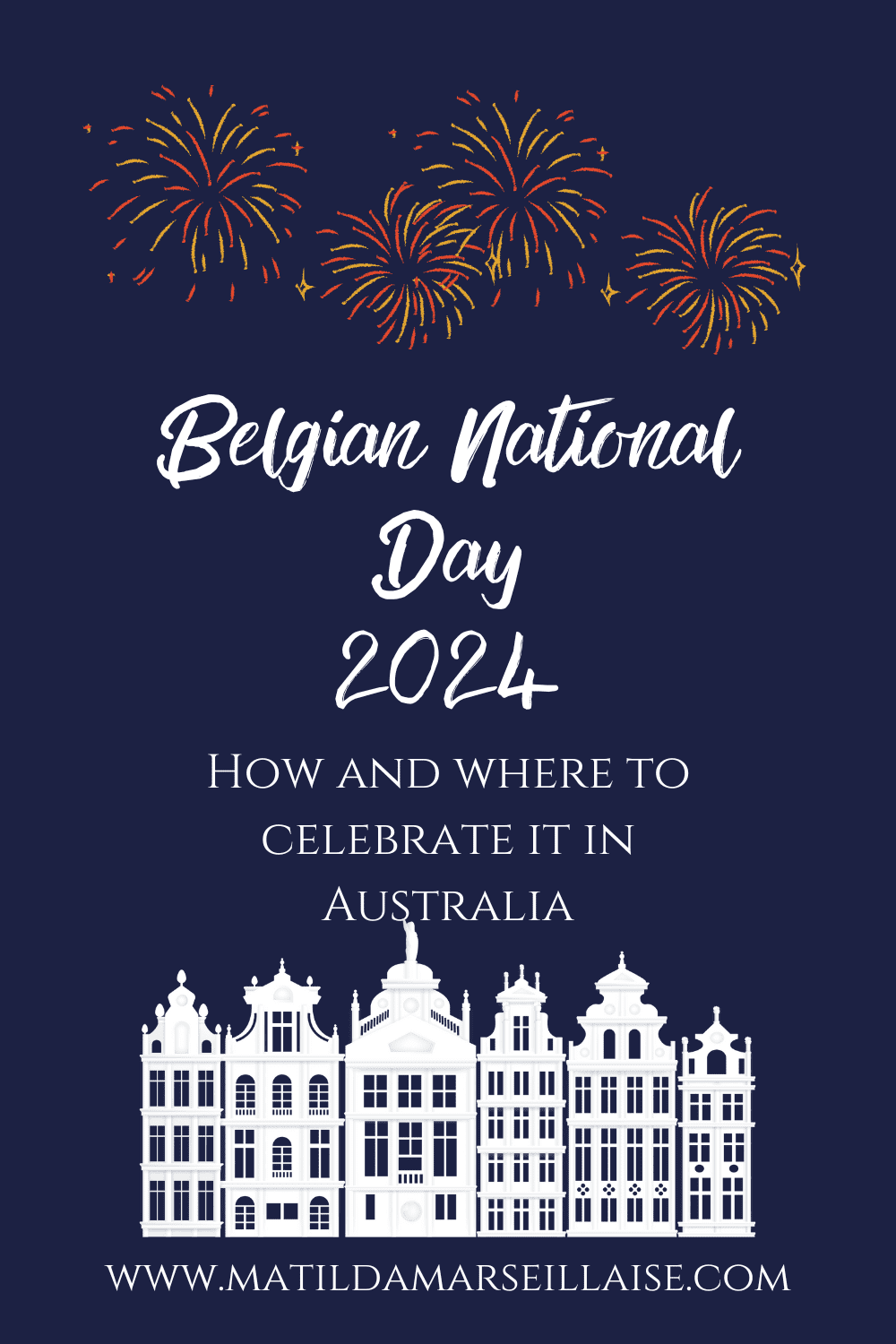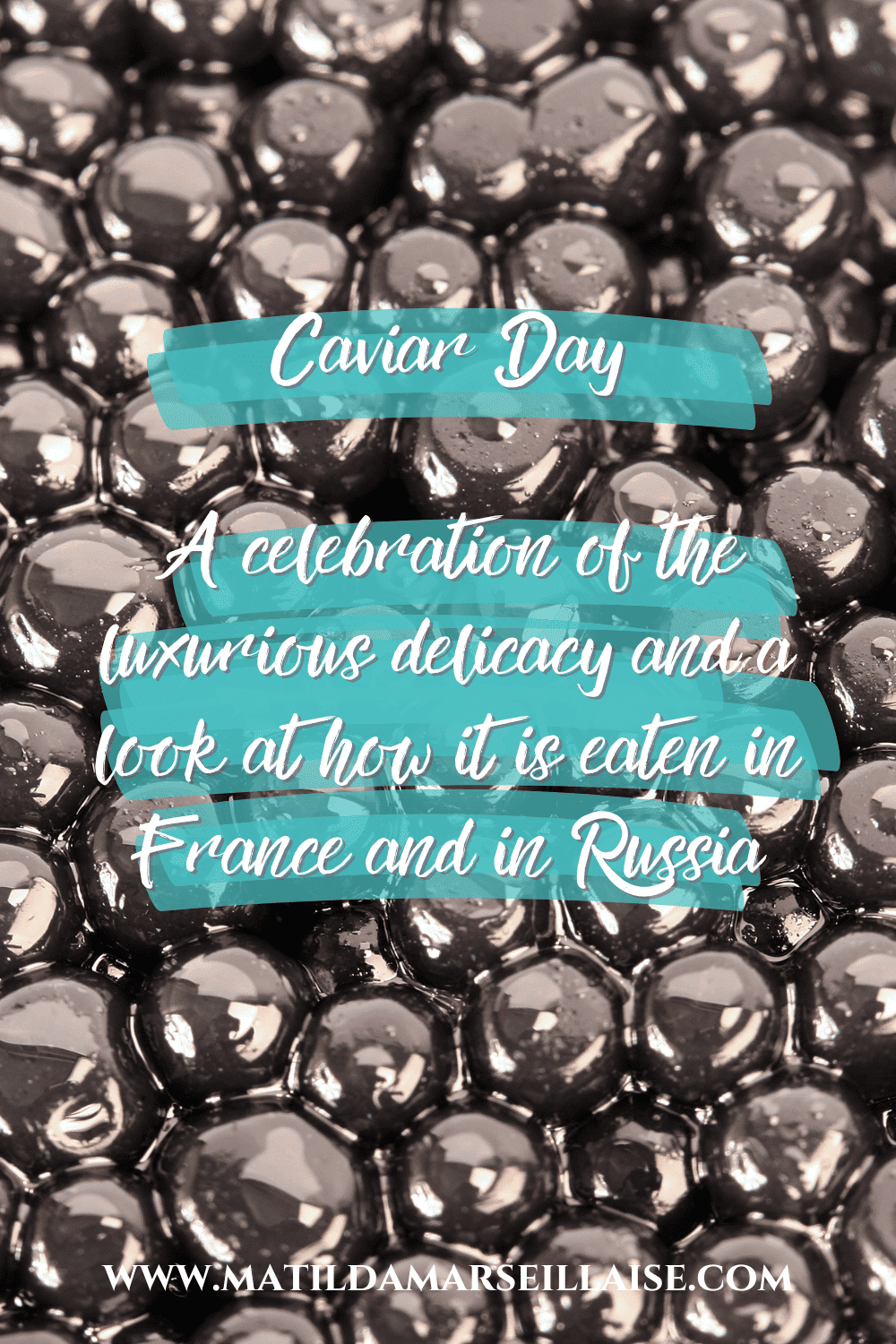After making its world premiere at Perth Festival last week, The Cage Project is now concluding its Australian season at Adelaide Festival. We saw it last night and tonight is your last chance to see it.

The Cage Project fait découvrir les Sonates et Interludes du compositeur américain John Cage à de nouveaux publics. Cet opus de 70 minutes a été créé pour piano préparé, c’est-à-dire un piano qui a été préparé en y insérant divers objets pour donner au piano un son plus percussif. Bacchanale, qui précède Sonatas and Interludes, est la pièce la plus célèbre de Cage. Pour la créer, il a préparé le piano avec des vis, des boulons, des écrous, du plastique et du caoutchouc. Le schéma ci-dessous permet de voir où les différents objets doivent être placés entre les cordes du piano.

The preparations required for Cage’s Sonatas and Interludes however were even more complex taking two to three hours to do. 45 notes are altered with bolts, rubber, plastic, nuts and an eraser placed into the piano. The process is of course risky as you could potentially damage the strings. When properly done and then unprepared, that is everything removed, you shouldn’t be able to tell that the piano had ever been prepared. In The Cage Project, the inside lid of the grand piano is mirrored which allows to see some of the objects placed inside the piano to “prepare” it.
The Cage Project brings together French pianist Cédric Tiberghien and Australian percussionist, composer and artist who creates expansive sculptural musical worlds, Mattias Schack-Arnott. For the show, Schack-Arnott has created a massive kinetic sculpture suspended above Tiberghien’s piano that rings and chimes in synchronicity.
Tiberghien introduces himself and Cage’s work and explains at the outset that Schack-Arnott’s structure is controlled by the piano and that he, Tiberghien is the master of the instrument. Cage had taken an interest in Indian philosophy at the time he created Sonatas and Interludes and it is said to be comprised of 4 white emotions, 4 black emotions and number 9: tranquillity. Tiberghien described it as an exploration and kind of meditation on the emotions and finding inner peace.
Tiberghien’s passion for the Cage’s work is made clear right from his introductory words but also from his facial expressions when playing it. At times he would appear surprised, opening his mouth slightly and raising his eyebrows, at the discordant sounds that certain notes would produce, as if he were experiencing it for the first time like much of the audience. He would occasionally make dramatic hand gestures as he played the keys. The term master of the instrument is quite apt and Tiberghien appeared to take great joy in creating the sounds.

For those unfamiliar with Sonatas and Interludes or with prepared piano, it’s quite astonishing to hear the sounds the piano is able to produce. At times it sounded like church bells ringing, at others like faint drumming, and at others still the higher notes of the piano sounded xylophone-like. Occasionally you would hear the familiar sound of the piano, but not often. Sometimes, you’d think you were about to hear a child’s lullaby but quickly that would change to ritual-like bells. At other times still, there was a fleeting moment of jazz piano.
About 20 minutes into the performance of The Cage Project, Schack-Arnott’s structure starts to come to life. Firstly, lights atop it illuminate and a gong-like sound is made. Throughout the 70 minute performance, the structure starts to spin faster and faster and the stage becomes brighter and brighter. At some parts of the piece, the lower part of the structure circulates almost dizzyingly fast and low and we find ourselves wondering if it will clear the lid of the grand piano and Tiberghien’s head.
As the room becomes brighter throughout the show, the audience is able to better view Schack-Arnott’s kinetic structure. From a silver chain hang long black rods from which objects are hung. On the upper levels of it, gold plates are attached horizontally. The middle level has short gold tubes attached, which produce a triangle chime like sound. The two lower black rods each have their own smaller black rods attached to them, which in turn suspend a row of silver tubes (like the gold ones above but shorter) and thin planks of wood.
From each of the 8 black rods are round metal discs of varying sizes and we wonder whether perhaps Schack-Arnott’s kinetic structure represents the 8 planets revolving around the sun, with the sun being the piano below them. Or perhaps the 8 discs are representative of the 8 emotions Cage’s Sonatas and Interludes is said to explore.
The Cage Project is sure to delight newcomers to Cage’s work as well as those well-versed in it. Tiberghien executed the work beautifully and Schack-Arnott’s kinetic structure is enchanting. See it if you get the chance – tonight is the last show! Hopefully it may tour in the future.
![]()
5 CROISSANTS
Matilda Marseillaise was a guest of Adelaide Festival.
KEY INFO FOR THE CAGE PROJECT
WHAT: The Cage Project: Cage’s Sonatas and Interludes performed by Cédric Tiberghien with a kinetic structure by Matthias Schack-Arnott
WHEN: Only one performance left tonight Wednesday 8 March 2023 at 7pm.
WHERE: Grainger Studio, 91 Hindley Street, ADELAIDE
HOW: Purchase your tickets via the Adelaide Festival website: https://www.adelaidefestival.com.au/events/the-cage-project/
HOW MUCH: Ticket prices (exclusive of booking fee) are as follows:
- Adult $69
- Festival Friends $59
- Concession and MEAA Members $55
- Under 30 years old (ID required) $35
- Full time student (ID required) $30
ADELAIDE FESTIVAL CONTENT
Read our interview with Cédric Tiberghien here and with Sonya Lifschitz about So Much Myself: Piano Portraits here
For other events with French and Francophone links happening in Australia, check out our What’s on in March





